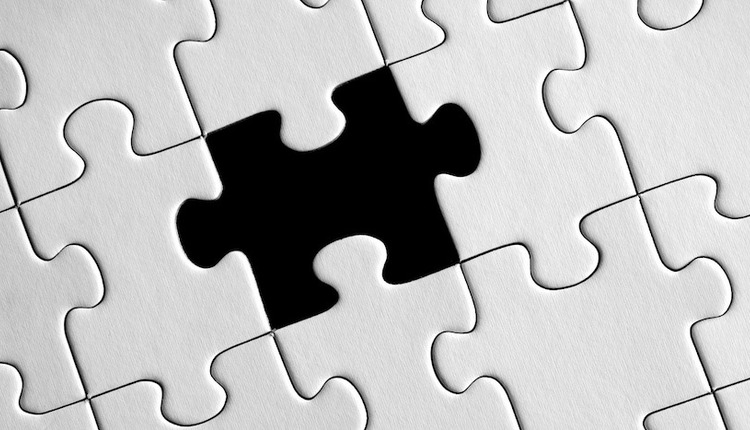
Bills, invoices and statements are opened, read and acted upon by nearly everyone. So too are letters and notices — some surveys say up to 99%. When done well, they reduce costs and customer service calls while creating a better customer experience.
When planning to recreate any communication, the first step is to dismiss the notion that anyone can do it. There is no easy shortcut for creating transactional communications that are effective and successful. Transactional communications are complex, have content that changes on the fly, need to accommodate small as well as large dollar amounts, and can be very confusing, all of which can cost the company time, money and customers.
So, start with the premise that the end result that is being created is for an audience that is most likely not familiar with the industry. Then move forward, keeping in mind these seven key points to ensure a successful outcome.
1. Project plan: have one upfront and stick to it. The plan should include representatives from all departments that touch the communications.
2. Don’t rush: this is a project that takes time not only because it is complex, but also to ensure that you get it right the first time. Remember one of Murphy’s Laws, “There is never enough time to do it right the first time, but there is always enough time to do it over-correctly.”
3. Senior-level sponsor: A senior-level sponsor will emphasize the importance of the project and be the final decision maker. After all, this is a project that spans the breadth of the company.
4. Decision makers: Gather in one room all decision makers who touch the communications — the sponsor, project manager, business owners, marketing, customer service, IT, legal, compliance, etc. This way they not only will buy into the project from the beginning, but also feed off each other and come to agreement on all issues. They will be invested as a team to stay on track and finish on time. Doing it this way sets the bar, makes everyone have the same level of commitment and solves all problems and issues along the way and not at the end. Some of the more obvious ones are marketing, business and production. But don’t forget legal, compliance and customer service, too. Bringing together all departments at the beginning of the process ensures that all voices will be heard and all will be in agreement throughout avoiding last minute holdups.
5. Usability testing: In-Depth Interviews (IDIs) are most successful, not focus groups. Leave room for testing with actual customers in controlled settings. Use professionals who are not employees of the organization.
6. Content first: Because the content will drive the design. If the design is done first, then when the content is agreed upon, the design will need to be adjusted to fit the content. Content first!
7. Hire an expert: Many organizations think they can do it internally with or without a graphic designer. But to ensure a successful project, not only hire an expert in clear communications but one that also understands the development and production requirements of transactional communications. These seven points will help make the project a success not only with actual customers, but within the organization as well. Creating a communication that is clear, easy to understand, accessible and, more importantly, save time and money is the goal. Giving customers a better experience leads to maintaining and increasing their relationship.
Creating a better customer experience currently is not just a good idea — it’s imperative, whether you print or deliver to someone’s smartphone.
The bottom line: communications must be clear and accessible to be effective.
ROBERT LINSKY is an expert in information design, clear communications and document processes. He has created solutions for nationally and internationally recognized companies in the fields of financial services, insurance, healthcare and utilities. He is the senior partner of the Clear Info Group. He has spoken at DSF, Xplor, BFMA, PLAIN and Clarity. He has written numerous articles and is on the editorial board of the Information Design Journal.










